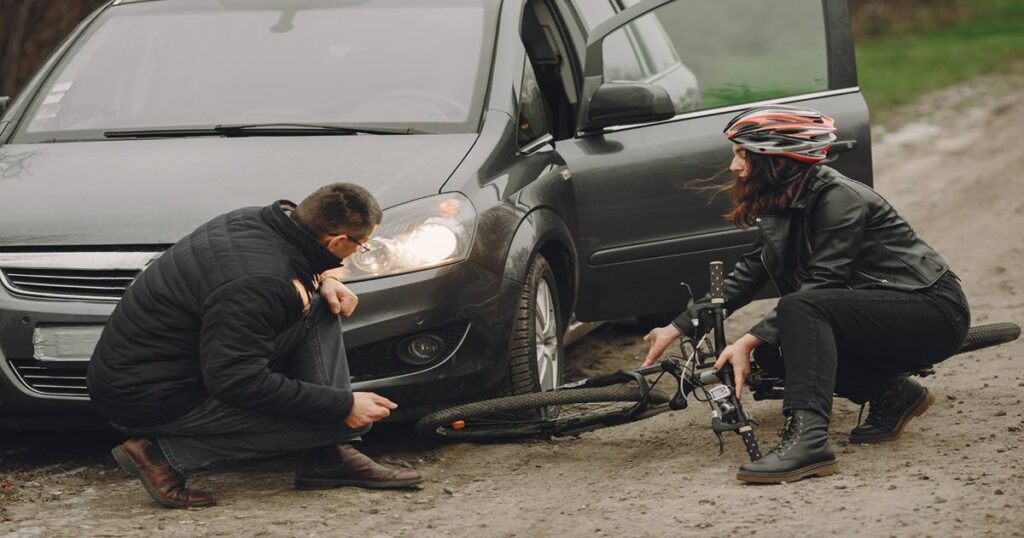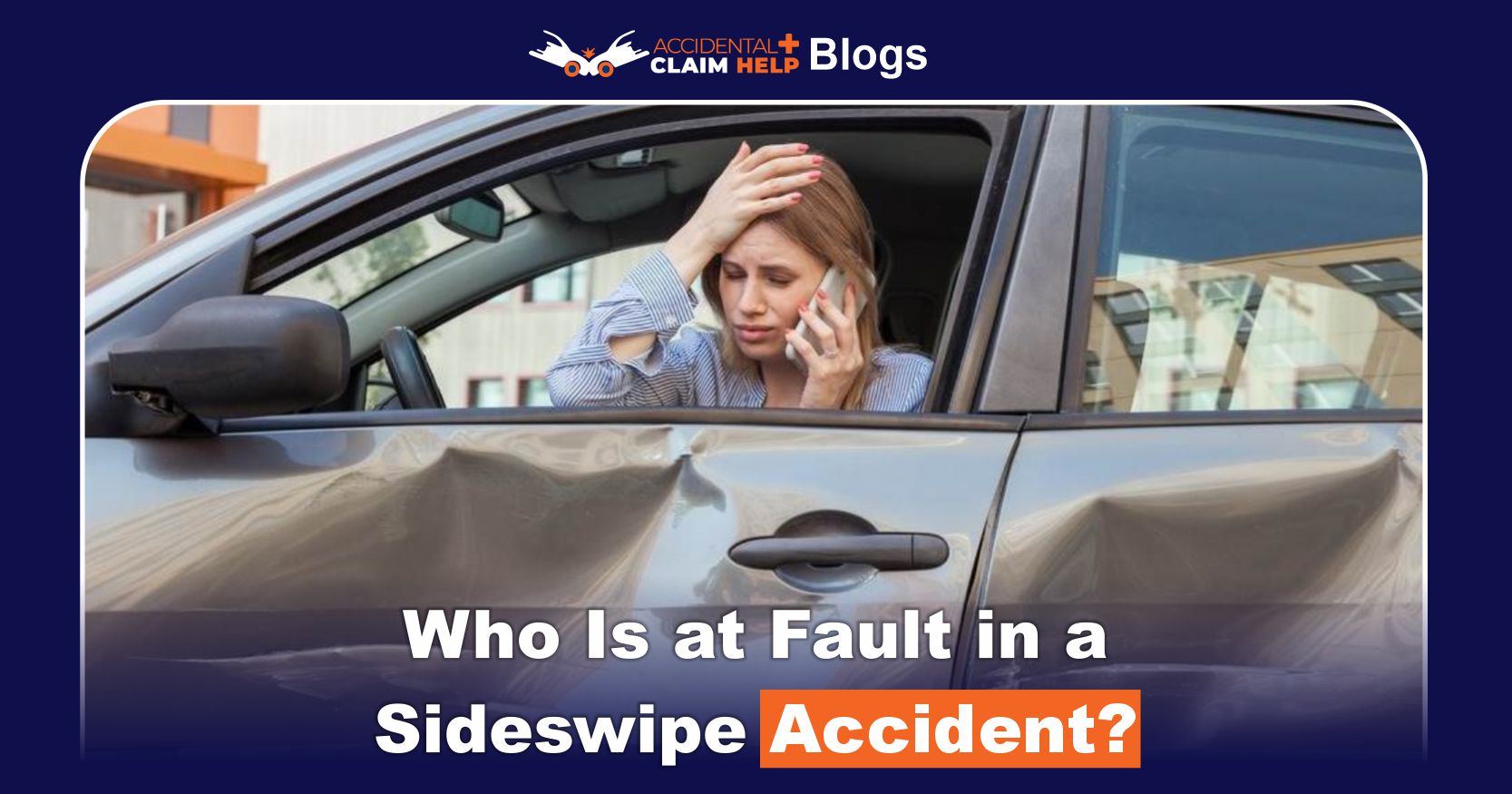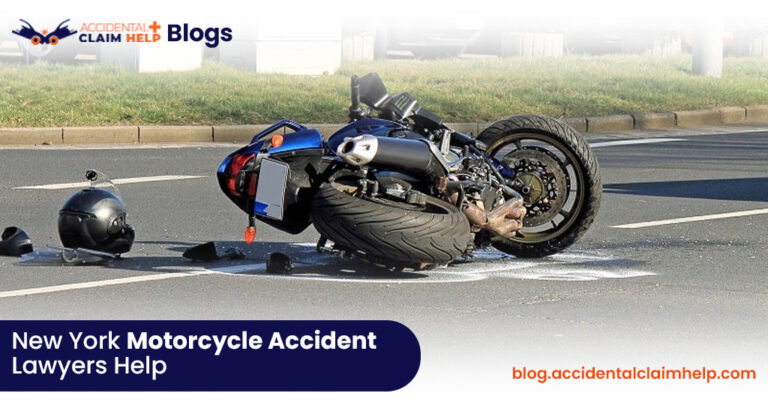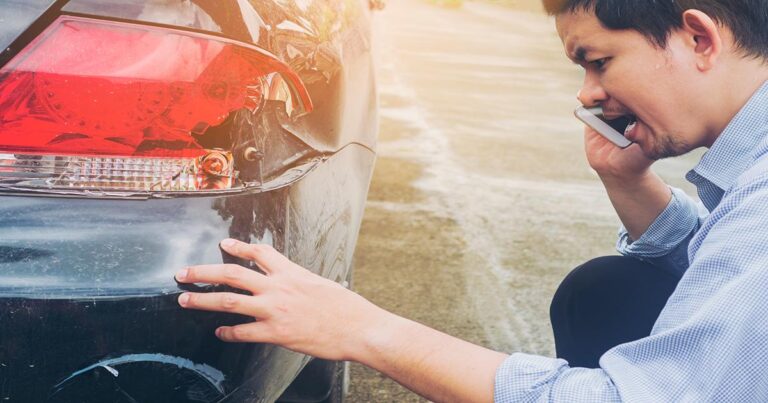Who Is at Fault in a Sideswipe Accident
When two vehicles traveling alongside each other collide, the crash is commonly called a side swipe accident or sideswipe collision. These collisions can occur under many circumstances—some obvious, others less so—and figuring out who is at fault is crucial for insurance claims and potential legal action. Below, we explore sideswipe accident scenarios, what typically causes them, how liability is determined, what side-swipe accident injury victims often face, and how sideswipe accident settlement amounts are handled in U.S. law.
What Are Sideswipe Accident Scenarios?
Sideswipe accident scenarios often involve one vehicle encroaching into another vehicle’s lane. For example, a driver might change lanes without signaling and hit the side of a neighboring car. Another common scenario is when two cars merge, each believing they have enough space, only for one to clip the other. Sometimes, a driver drifting due to distraction or impairment will sideswipe a car beside them.
In other variations, one vehicle may straddle the lane boundary or drift during turns or curves, causing contact with a side-swiped vehicle. Poor visibility, weather, or road conditions—such as a slippery surface or faded lane markings—can exacerbate risks in these scenarios. Also, aggressive driving or speeding often plays a role: turning too quickly, cutting off another car, or failing to yield during merging are common in the cases seen in U.S. road crashes.
Sideswiped Car Hit and Run Situations
A particularly distressing subset of sideswipe accidents involves a sideswiped car being hit and run. In these cases, the vehicle that caused the collision leaves the scene without stopping, identifying themselves, or exchanging information. These hit-and-run scenarios complicate fault determination because witness accounts, traffic or security camera footage, or physical evidence become essential to identify the responsible party.

Even though hit and run sideswipe claims can proceed through your own insurance under uninsured motorist or hit-and-run coverage, the absence of the other driver often means you must rely heavily on proof: photos of damage, descriptions from witnesses, police reports, or any video evidence. The more evidence gathered at the scene, the better your chance to hold someone accountable and recover compensation.
What Side-Swipe Accident Injuries Are Common
Although sideswipe collisions often seem less severe than head-on or rear-end crashes, side-swipe accident injuries can be significant because the sides of vehicles have less structural protection. Injuries to the torso, pelvis, arms, or legs are common when a car is struck on the side. Head and neck whiplash, concussions, or worse traumatic brain injuries can result when passengers’ or drivers’ heads strike the window, door frame, or objects inside.
Internal injuries—such as organ damage or internal bleeding—are also possible, especially if the impact causes folding or intrusion of the side door panels. Soft tissue injuries and cuts from broken glass or sharp metal edges may accompany more serious harm. Treating these injuries often involves emergency response, diagnostic imaging, possible surgeries, and rehabilitation, increasing both medical costs and recovery time.
Who Is at Fault in a Sideswipe Accident?
In U.S. traffic law, the driver who violates their duty of care is generally found at fault in a sideswipe accident. A driver’s duty includes staying within their lane, signaling properly before changing lanes, checking mirrors and blind spots, and yielding when required. If one driver changes lanes unsafely, fails to check before merging, or drifts into another lane without appropriate control, that driver is usually held responsible.
For example, in Texas, the law mandates that a driver must maintain a single lane of travel and only move out of it when it’s safe and give proper signals. A driver who fails to do that is likely at fault for a side-swipe accident. However, fault is not always 100% with one driver—sometimes negligence is shared if both drivers engaged in risky actions like simultaneous lane changes or drifting.
When both parties share blame, many states apply comparative negligence. That means your own percentage of fault reduces what you can recover. For instance, if you are deemed 30% at fault in a sideswipe crash, your compensation may be reduced by that percentage. In contributory negligence states (fewer in number), even minor fault can greatly limit or bar recovery.
Insurance Claims After a Sideswipe Accident

Once fault is reasonably clear, the injured party can begin making an insurance claim. Claims after a side swipe accident typically involve:
- Property damage coverage to repair or replace your vehicle’s side damage.
- Bodily injury coverage from the at-fault driver’s insurance if you were injured.
- If you carry collision coverage, it may cover your own vehicle’s damage even if you share fault.
- Uninsured or underinsured motorist coverage if the person who sideswiped you can’t pay or doesn’t have insurance.
Your insurer (or the at-fault party’s insurer) will review damage patterns, check witness and driver statements, examine photos or video, and often analyze the crash site or vehicle rest positions to determine liability. A sideswipe accident settlement often includes compensation for medical bills, vehicle repair, lost wages, pain and suffering, and in some cases, costs like physical therapy or future medical care.
Some cases resolve quickly through settlement offers; others may require negotiation or even litigation if liability is disputed or injuries are severe. When you have injuries and costs that go beyond simple repair, hiring a personal injury lawyer can help ensure you get a fair settlement amount.
Examples of Sideswipe Accident Settlement Amounts
Real-world sideswipe accident settlement amounts illustrate how much compensation can vary. For instance, in Texas, there are case results showing settlements of $610,000 for a truck sideswiping a car causing head, neck, and back injuries; $305,000 for a lane change side swipe involving shoulder, hip, and head injuries; $232,000 for commercial vehicle cases with neck and back injuries; and $200,000 for knee and lower back injuries after being sideswiped while stopped on the shoulder. These differences depend heavily on injury severity, fault percentage, and damage magnitude.
Another case saw a sideswiped car hit and run type claim, where settlement was possible but harder to pursue due to missing driver information. Meanwhile, smaller settlements (for crashes with less serious injuries) often settle for tens of thousands rather than hundreds of thousands.
What To Do If You’re Involved in a Sideswipe Accident
After a side-swiping collision, you should act decisively to protect your rights:
- Safety & medical attention first – ensure everyone is safe, call the police and get medical help if needed.
- Document the crash – take photos of all vehicle sides, damage, road conditions, skid marks, weather, lane markings.
- Witnesses & statements – collect contact info of anyone who saw the crash, get their account.
- Exchange details with the other driver: license, insurance, vehicle model, etc.
- Don’t admit fault – avoid saying “my bad” or “I didn’t see you.” Let investigations handle liability.
- Report to your insurer as required, and gather medical records, bills, car repair estimates.
- Consider consulting an attorney, especially if injuries are serious, fault is unclear, or settlement offers are too low.
Conclusion
Fault in a sideswipe accident usually lies with the driver who left their lane, failed to signal, or otherwise violated lane-keeping rules. However, many sideswipe accident scenarios are complex, and fault may be shared depending on evidence. Side-swipe accident injuries can range from minor to severe, particularly involving head, neck, back, or internal damage. Sideswiped car hit and run incidents add complications that make documenting evidence even more important. Sideswipe accident settlement amounts depend on injury severity, fault percentages, and insurance limits.







